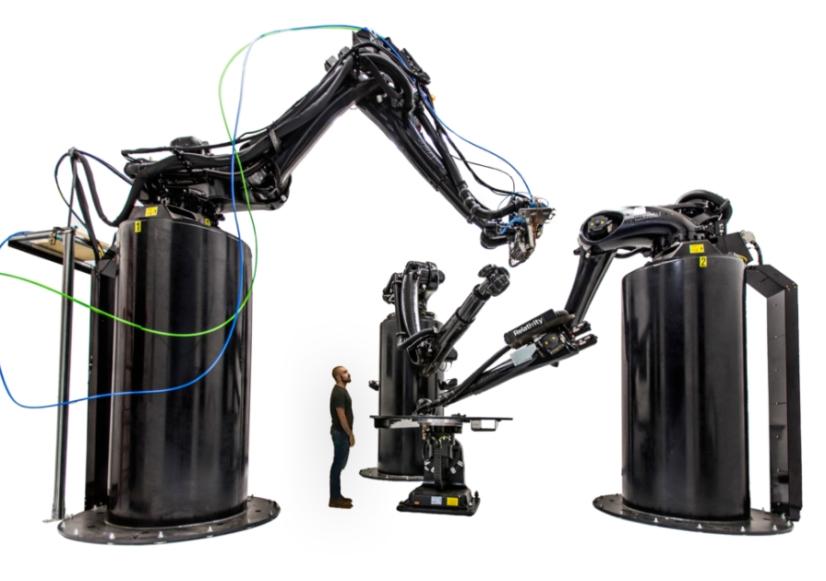
1 minute read
AUTOMATED PATH PLANNING BY AI
While tackling solution in terms of manufacturing standards, problems specifically arising from the hybrid manufacturing technique present themselves. Design solutions to this new technique could factor in new elements such as lightness, strength, production speed and efficient print. The role of Machine Learning: Fuzzy Logic takes place in determining the optimum length of printing filament while adhering to the topologically optimized data ensuring the quickest print pass. Printing with an AI guided design is relatively constituted and debatable in many senses, but we we believe it can optimise the the efficiency of implied aesthetic subtly. For the purposes of validating our method as a solution that can compete with standard processes in terms of time, quality and overall efficiency.
The input for the geometry is the surface of the chair we will be printing on. Based on the forces acting on the surface, data on where topology optimization would be required can be derived. The translation of the topology optimization data into usable means is done by a circle packing logic reading the gradient values from topology optimization. Introducing this logic reduces the number of printed layers while keeping the stiffer layers in the required areas and flexible layers in the others in a transitional manner. Point clustering is another step for translating the topology data into points which would be useful in the steps following.
Advertisement
To connect the points and generate the most optimal moving pass a machine learning algorithm involving fuzzy logic senses the distance to the points surrounding it and moves crisscrossing between points of different proximities while avoiding immediate recursions i.e. in movement 1 it will move to x distance whilst in movement 2 it will move distance z or y or 2x. Furthermore, it avoids self-collision while running its iteration as this translated to actual printing will not be a feasible result. The path correction and collision detection from the fuzzy logic invariably creates a crisscross running from dense to less dense and vice versa in a cluster of structurally oriented points to further the relation of flexibility with strength; nonetheless, ensuring the most efficient path length whilst doing so.











